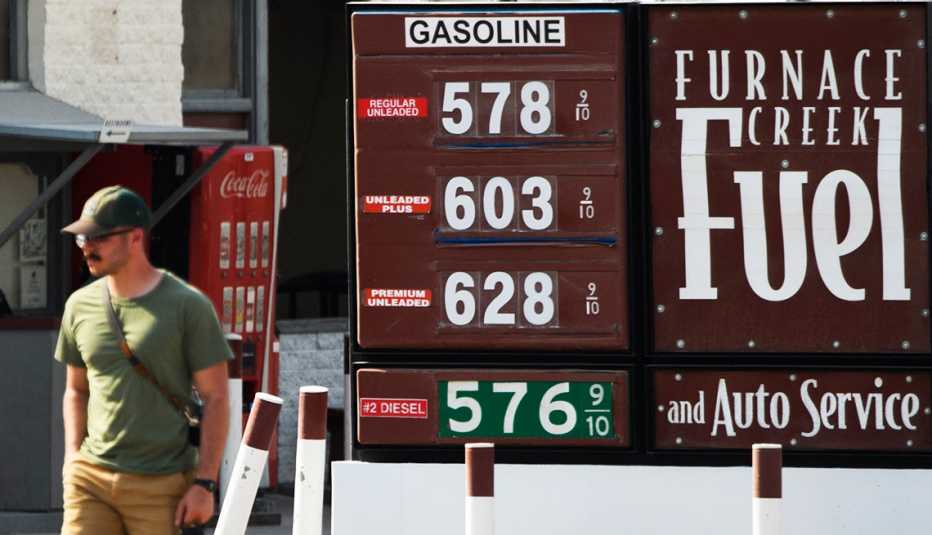AARP Hearing Center


Gas prices normally decline after Labor Day, but instead, they are rising. Production cuts by Saudi Arabia, Russia and other oil-producing countries, as well as natural catastrophes such as the floods in Libya, are driving prices higher at the pump. How much? On Monday, the national average for regular gas reached $3.88 a gallon, according to AAA. That’s the highest price since October 2022. Since last week, gas prices are 5 cents a gallon higher.
“Normally prices slide gradually through the summer as we approach the fall. The uptick we’ve seen recently is certainly not normal,” says Mark Schieldrop, a spokesman for AAA Northeast.
Why are gas prices high?
1. The heat. Heat waves across the South this summer have had a major impact on gas prices. The hot weather in Texas, Louisiana and along the rest of the Gulf Coast has affected oil refineries, hurting their production. Though these big refineries can handle extreme weather, they were not designed to operate at full capacity for extended periods with temperatures near or above 100 degrees. This summer, there have been four or five refinery outages due to excessive heat, says Patrick De Haan, head of petroleum analysis at GasBuddy.
Then there are the devastating floods in Libya, an oil-producing nation. It produced 1.16 million barrels a day in August, according to the International Energy Agency.
2. Foreign producers. In June, Saudi Arabia and some other oil-producing countries agreed to slash production to drive up prices. Those cuts, which were initially forecast to last through August, have been extended to September. That means 1.5 million fewer barrels of oil a day is being produced. A lower supply means higher prices, Schieldrop says. When the production cut was announced, oil was selling at about $70 a barrel, and since then the price has jumped to more than $93 a barrel.
3. Demand. Add a big jump in demand, which experts say was unexpected, to the mix, and you can see why gas prices are elevated.



































































More From AARP
7 Money Myths That Will Cost You
When it comes to money there are lots of tales being spun.Why Americans Are So Pessimistic About Retirement
Inflation, state of Social Security among fear factors